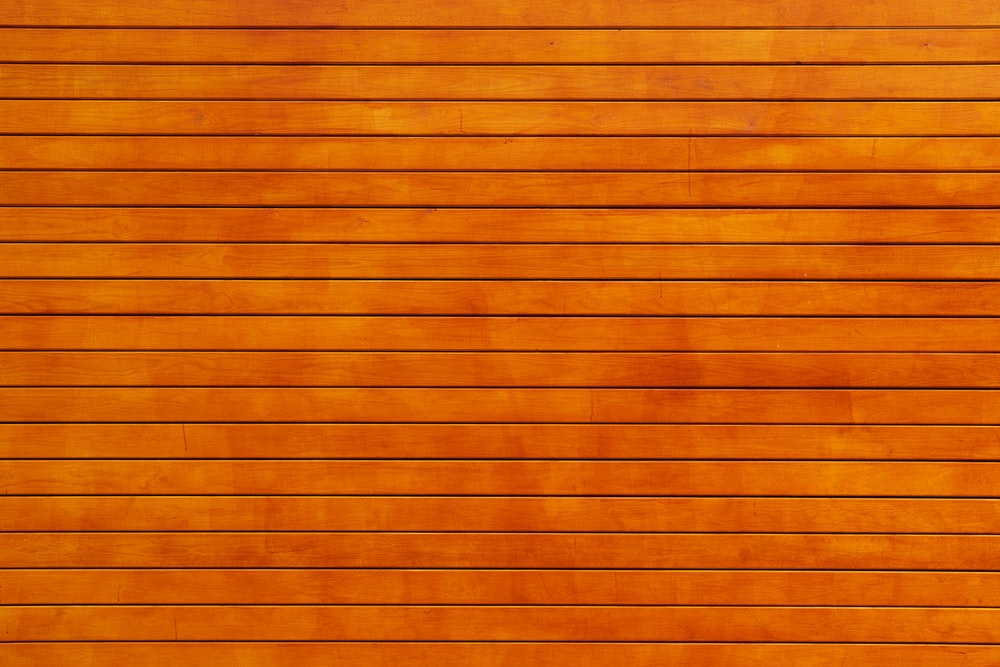Walking through the suburbs of Australia, you’ll see many beautiful homes cloaked in gorgeous timber panels. Cladding home facades with timber is an emerging trend in Australia for a decade or two now.
People love timber cladding for many reasons including its classy finishing, aesthetic appeal, affordability, and ease of installation.
Weatherboard cladding is typically made up of long rectangular timber panels that create a visually stunning home that offers character and individual style.
Benefits of timber cladding
There are some notable benefits of timber cladding.
It is Versatile
Timber’s ability to adapt to different architectural trends and styles makes it a super versatile cladding product. Complimenting well with almost all exterior designs, wood cladding is flexible and scalable and can be used on both residential and commercial projects.
It is Eco-Friendly
Natural timber has many environmental credentials. Wood and wood-based products sourced from the certified forest are considered sustainable. According to the Department of Agriculture, Water, and the Environment, currently, 26.7 million hectares are certified under the Responsible Wood Certification and 1.2 million hectares are certified under the FSC. Using wood obtained from sustainable and renewable resources is not harmful to the environment.
Timber is fire resistant and durable and can deliver impressive thermal and acoustic performance. It is the most sustainable building material because timber is a fully renewable resource. In addition, timber cladding does not require as much fossil fuel, compared to other cladding methods.
It Looks Dynamic
Long rectangular timber panels clad vertically or horizontally act as a curb appeal for homes and buildings. Timber cladding not only looks aesthetically pleasing on your home facade but also looks good inside your home. It adds a unique and classy touch to your home, building, or wherever you’re installing it.
Natural wood is warm and welcoming. It can add more flair to any residential home or commercial building. Many striking and incredibly stunning architectures in the world, like The Knarvik Community Church in Norway, are constructed with mottled pine heartwood, which comes from the center of a branch or trunk and is known for its durability.
It is Easy to Install
Timber is much easier to work with compared to any other building material. Timber cladding allows you to create your dream home design without much effort. It is lightweight, sturdy, and flexible. This allows you to use it anywhere you like and anyhow you please.
Timber is one of the most flexible materials, which means it can be cut and crafted into any design. The material has a natural ‘flex’ and doesn’t crumble under pressure or impact as brick or concrete does.
It is Cost-Effective
Timber cladding is more like an investment than a cost. A beautiful and well-maintained house has more resale value than a poorly maintained one. With timber cladding, your home will not only look gorgeous from the outside but also be well protected and energy-efficient! Something all potentials home buyers will look for in a property.
Timber species to consider
Right cladding for your home is not always about first impressions, it often comes down to the performance of the product too. There are many species of timber that not only offer aesthetically pleasing façade but also time and cost-saving benefits.
Blackbutt
Blackbutt is a type of hardwood. It features attractive colours in subtle shades and undertones. The grain pattern is straight and prominently visible. Blackbutt is versatile and can be used in several different applications. The material can be polished or stained, but issues may arise if it’s painted.
Spotted Gum
Spotted Gum hardwood is durable and versatile and can be used in both residential and commercial construction. One of Australia’s premium native hardwood, Spotted Gum features a striking appearance and a high degree of natural durability and strength. Spotted Gum is naturally termite resistant, making it an ideal product for cladding solutions.
Western Red Cedar
Western red cedar is often used for cladding applications because it does not decay, resists wear and tear, and does not require any pre-treatment. Plus, it is soft, so it can be moulded as desired.
Final words
Timber is natural, sustainable, and endures a timeless appeal. If properly installed and correctly graded, it can turn your castle into an eye-catching architectural marvel.






